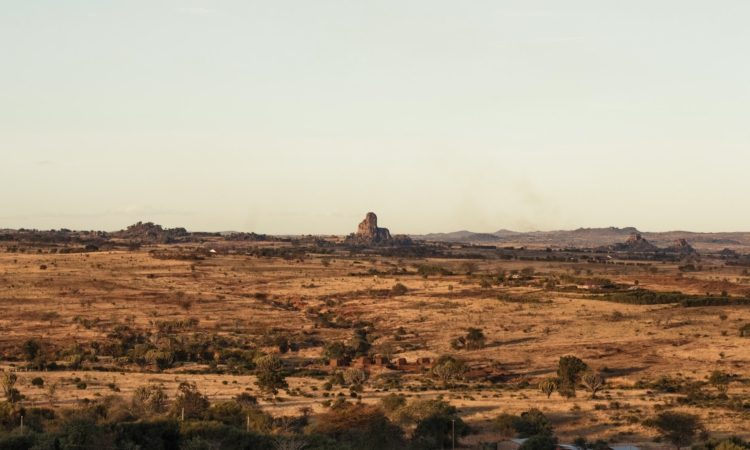Before the park existed, the dry land was home to the IK people, who were the first to settle there. Their name comes from this history. The Dodoth pastoralists gave the area the name Kidepo, from the Dodoth word “akidep,” which means “to pick up.”
Later, the Karamojong people, known for keeping cattle, settled in the area. They moved there looking for water and pasture for their herds. The land was used for grazing, but the local chiefs did not allow killing the animals.
When European travelers arrived, they were amazed by the wildlife and the land’s natural beauty. The valleys and animals like buffaloes, elephants, and lions reminded them of game parks in Kenya.
The British colonialists drew boundaries and made the area a game reserve in 1958 to protect the animals from hunting. They also wanted to protect the land from being cleared for tse-tse fly control because they saw its value.
During the rule of Idi Amin in the 1970s and 1980s, Uganda faced hard times. Poachers and other threats caused many animals, like elephants, to die or move away to South Sudan.
In 1962, when Uganda became independent, the game reserve was declared a national park and named Kidepo Valley National Park. Ian Ross, a Briton, was the first chief warden. In 1972, he was replaced by Paul Ssali, a Ugandan who worked to restore the park by training former poachers as rangers. Many animals that had left returned from South Sudan, including cheetahs.
For many years, this part of North Eastern Uganda was little known. Then in 2005, CNN Travel named Kidepo one of the best national parks in Africa, and the world began to notice it.
Today, Kidepo Valley National Park tells a story of survival. It covers 1,442 square kilometres and is home to over 77 mammals, 475 bird species, and beautiful landscapes. The cultures of the IK and Karamojong people add to the park’s unique charm for visitors who come to explore.







